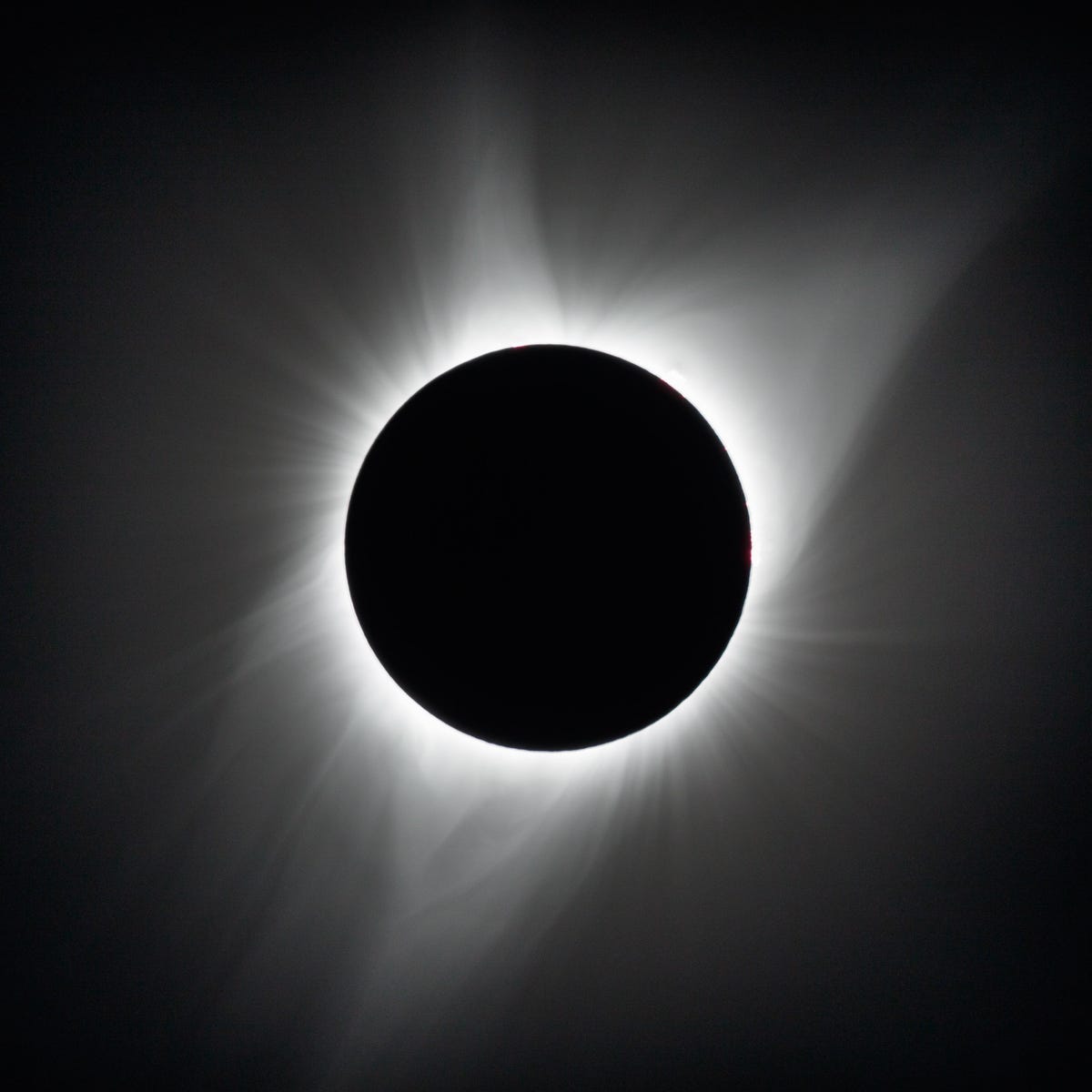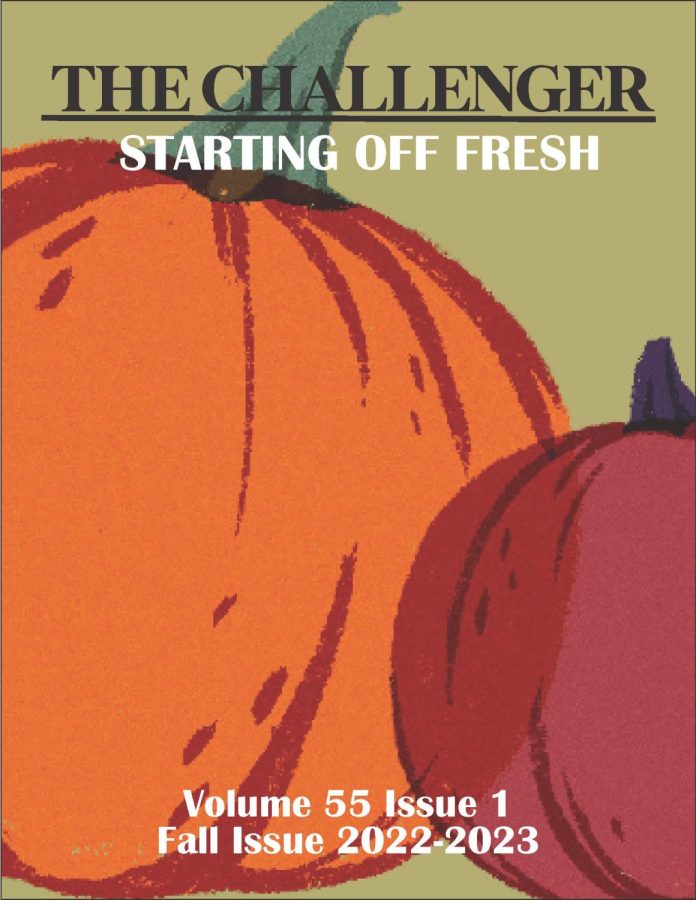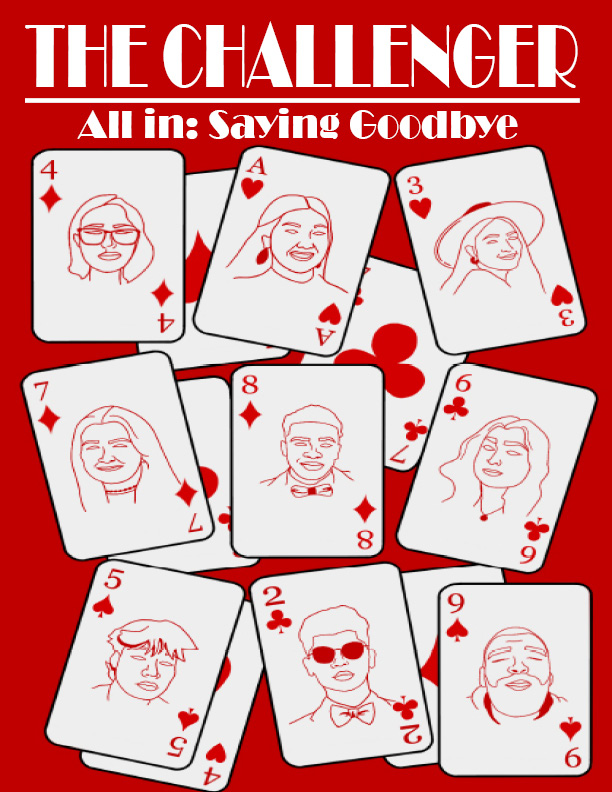Walking down the street at 11 a.m., minding your business when all of the sudden the sky above you darkens as if it were dusk. You can look around you and see hundreds of people looking up at the sun in awe. Once you look up, you notice the sun has been blocked out and only a sliver of the sun’s light surrounds the object in front of it. This may seem kind of frightening at first, but no need to worry as the object blocking the sun’s light is the moon itself. You are just experiencing a rare celestial event, a solar eclipse.
On April 8, the moon will cast a shadow over America blocking out the sun for anyone in the pathway it takes from Texas to Maine. Solar eclipses happen quite rarely but the United States has had a few in recent years. Just last year there was an annular solar eclipse, otherwise known as the “Ring of Fire”, in October. But the last total solar eclipse that occurred in the states happened in 2017. According to NASA, the next total solar eclipse to take place in America won’t be until 2044.
Solar eclipses aren’t an everyday thing. So for an eclipse to occur, specific positioning is key to making such a phenomenon happen. The moon must be in such a precise placement between the sun and the Earth to cast its shadow onto the Earth’s surface. Which is why it’s so rare for solar eclipse, let alone a total eclipse to happen. While on observing from ground level, the moon appears as a black circular shape slowly growing and spreading across the face of the sun. People must wear protective glasses to watch this part because without the protection from the glasses, that person would go blind due to the sun’s light. After some time and depending on if someone is in the path of totality, the moon will move completely over the sun, blocking it out and reaching totality. NASA says totality will last for three and half to four minutes. However, during this time people can take their glasses off and experience the eclipse and the area around them. They can also witness another phenomenon during this period called Baily’s beads. Baily’s beads are when the sun’s rays shine around valleys on the horizon and create drops of light around the moon.
Another type of eclipse that happens a little more commonly are Lunar eclipses. During this type of eclipse, it’s the Earth that’s blocking light from the sun from the moon. This once again only occurs if the moon is in a specific position and that’s when it’s in its full moon stage. What occurs during this eclipse is like mention previously, the Earth blocks light from the sun that reflects off the moon. This essentially causes the moon to appear red and eventually fade out. Lunar eclipses happen on average around two to three times a year.
So go out there and get yourself a pair of ISO 12312-2 eclipse glasses to watch and enjoy this rare, amazing phenomenon happening very soon.






